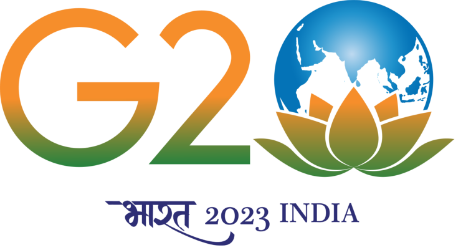
- Home
- About Us
- Constituents
- Projects
- Resources
- NCERT Initiatives for Inclusive and Accessible Education
- Cyber Safety & Security
- Brochure on ICT Initiatives
- Catalogue
- Comics on Conservation of Environment - PCRA & NCERT (Hindi)
- eContent Guidelines
- Journals
- Newsletters
- UNESCO Resources
- eContent Evaluation
- Mahatma Gandhi
- Reports
- Learning Objects
- Audio Books
- MOOCs on SWAYAM
- Alternative Academic Calendar
- ICT Initiative
- Events
- Transmission
- Announcements
- SIETs
- RTI
- People
- Contact Us
Physics XI Part-I
The world around us has an astonishing variety of phenomenon. Science /Physics gives us a chance to take a closer look and try to understand these. We have evidence to support the work done since ancient times by thinkers, philosophers and scientists. They tried to unravel the mysteries around us. The excitement of learning, to do systematic scientific work is the root of this course. You will learn methods of measurement-including universally accepted norms. Kinematics, that helps us to describe any motion and dynamics which helps us to identify the causes of motion. Some energy is required to move things and we will define these in scientific terminology in a way that communication about physics to others is easy. In this course we will learn about different ways bodies move vis motion in a straight line, in a plane. You will also learn about system of particles, rigid body rotation and extend it to explore gravitation. We have to first understand the basics, therefore in times when scientific skills are far advanced as compared to what they were many years ago, we will still revisit those ideas and study physical laws within limits. Understanding the fundamental rules of nature, help us to extend them to more complex situations in real life. Mathematics. is important for the physics course because it lends excitement to it We will first learn the physical concept and only then apply appropriate mathematics to it. we will use new mathematical operations like vector algebra, basic differentiation and integration, in physics, problems with numbers are called numerical, these lend excitement to the course. We will help you learn methods of solving these with ease by several examples throughout the course.








